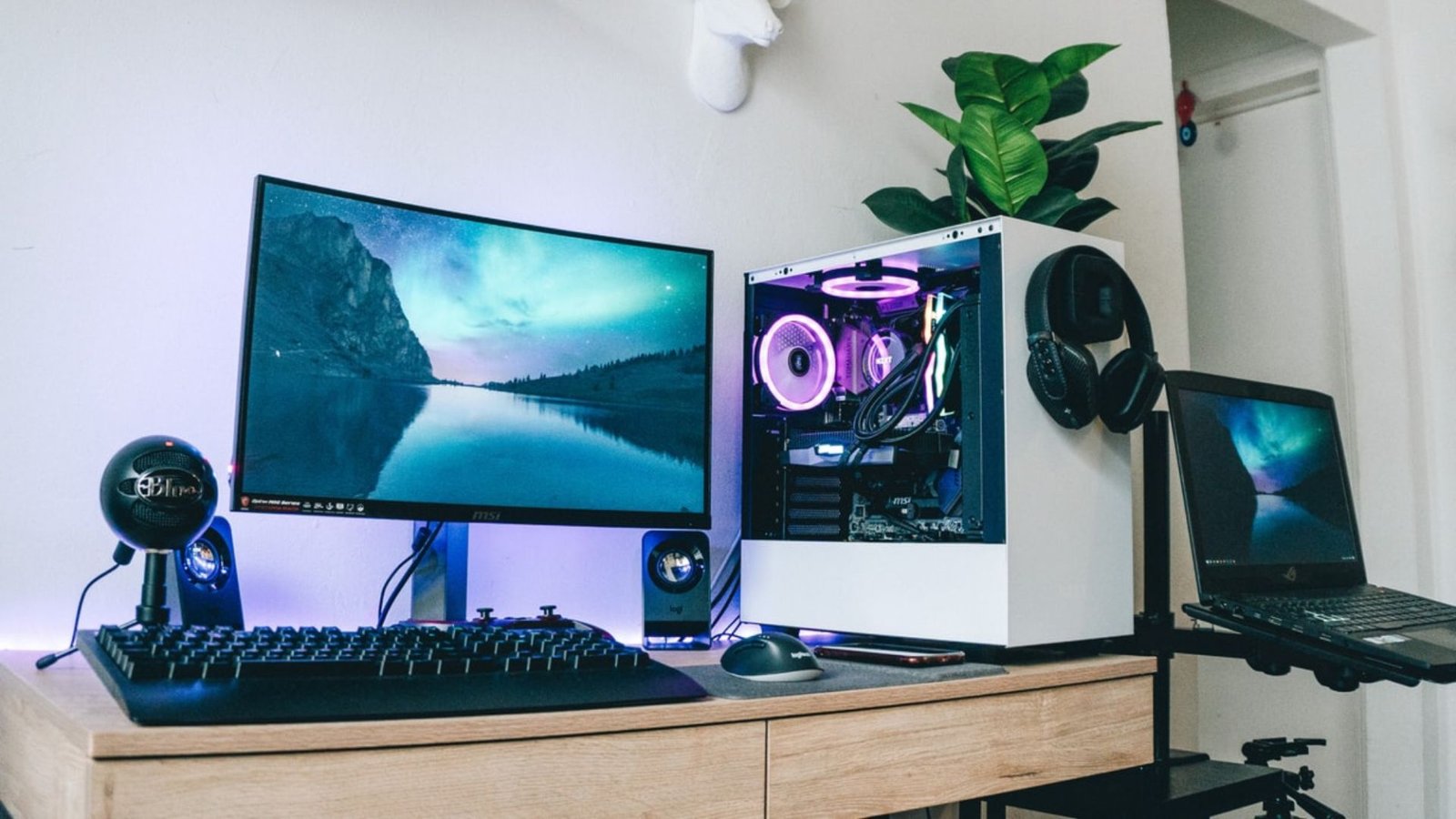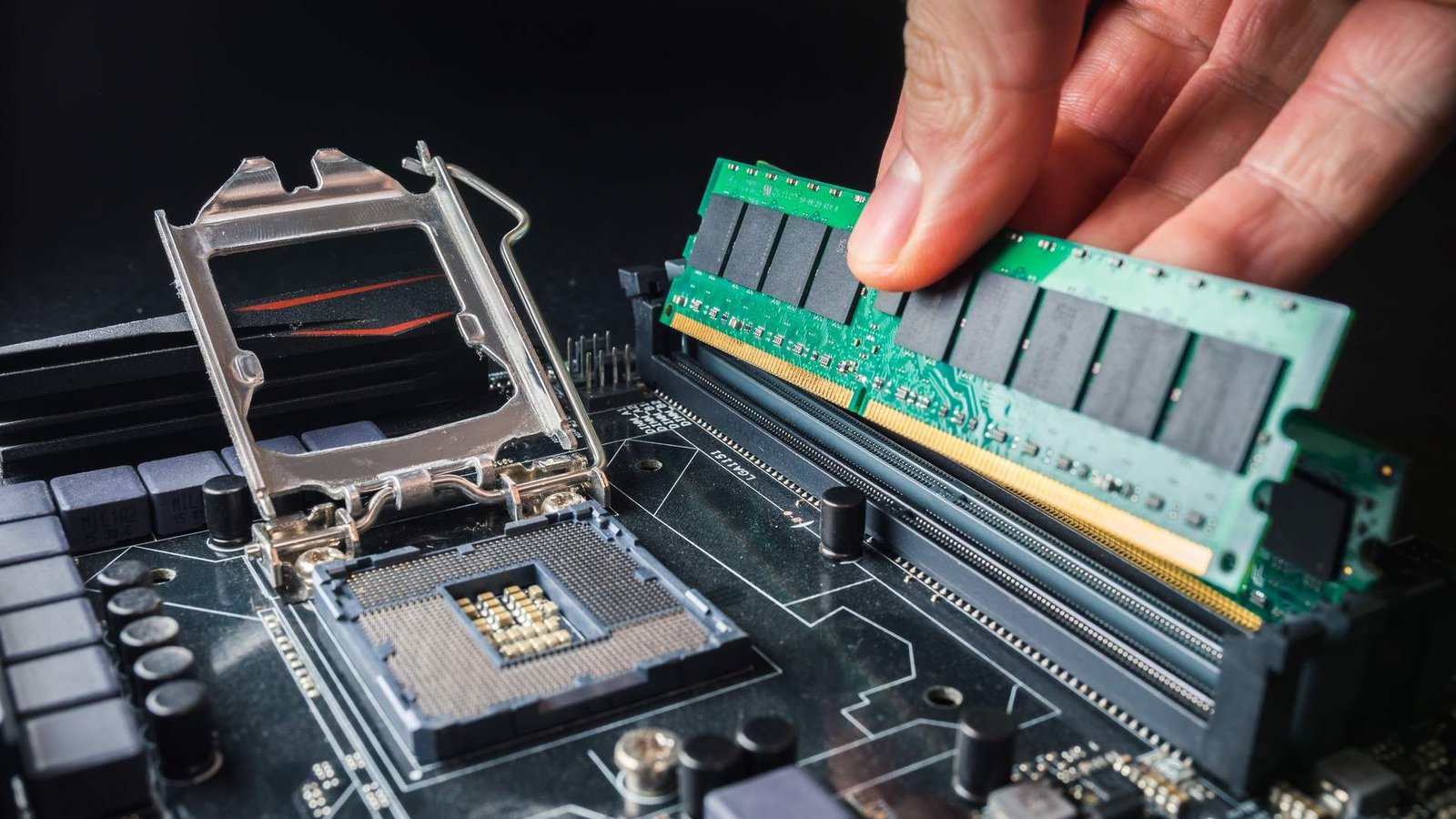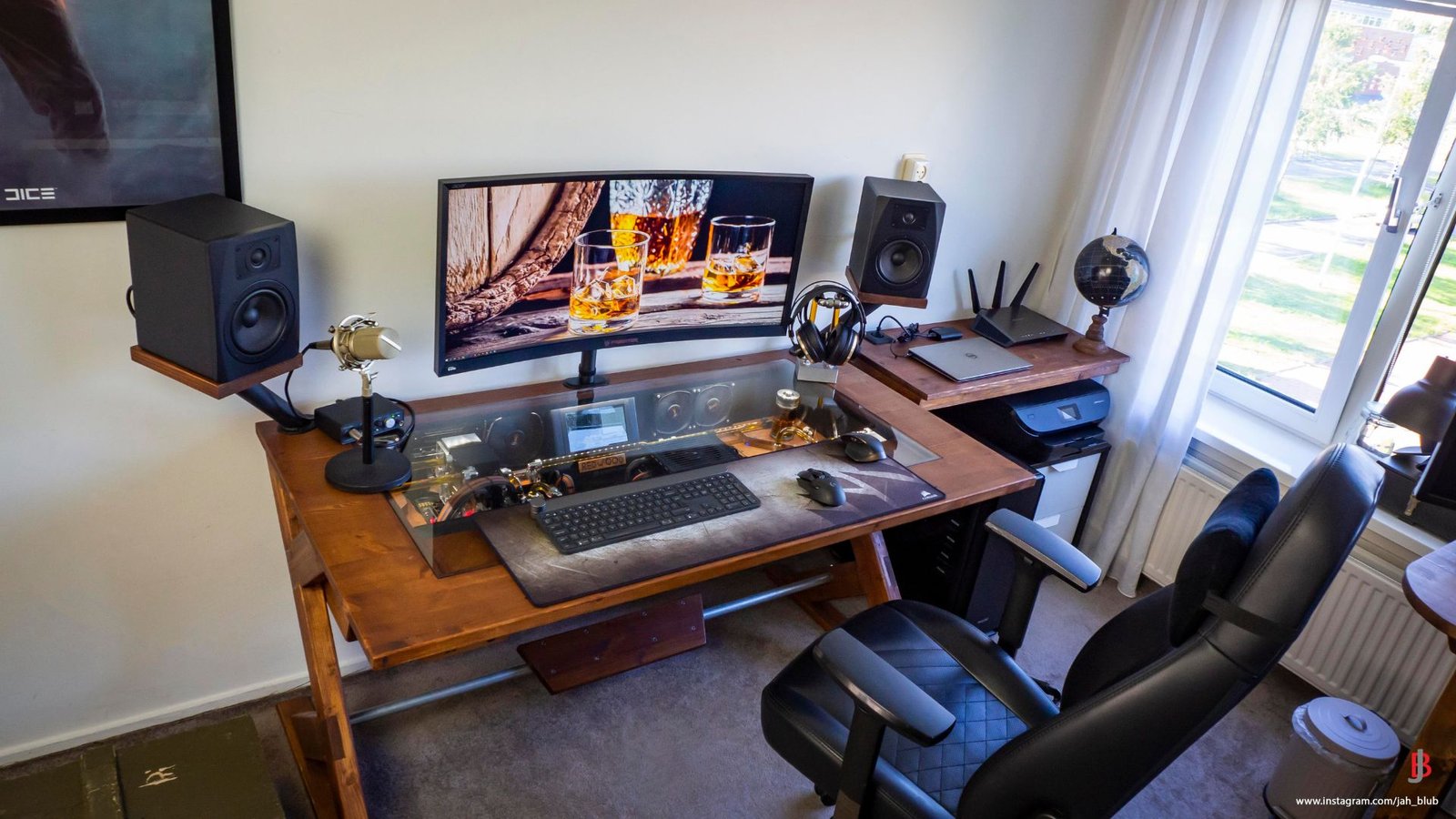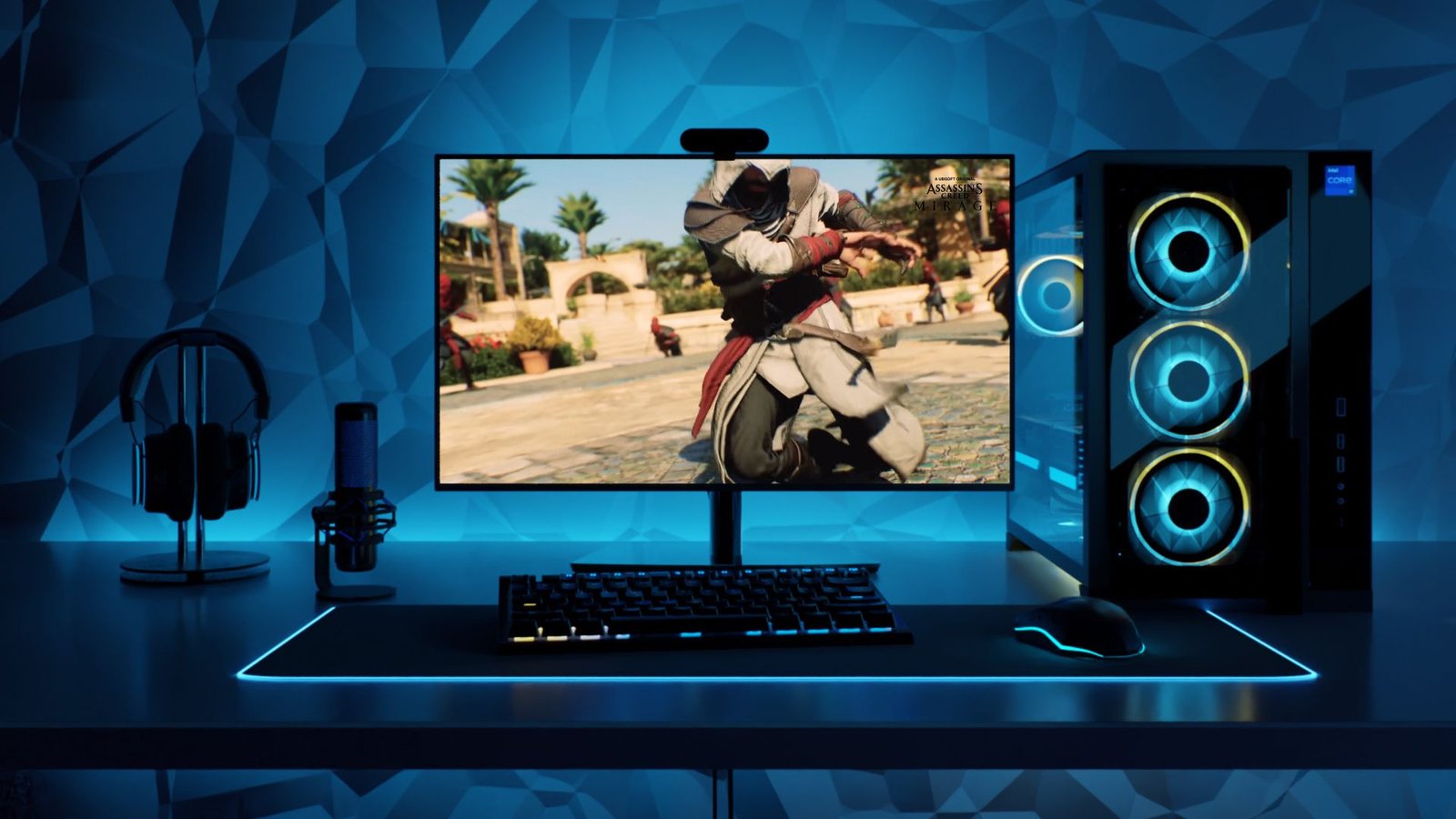Upgrading your computer system can breathe new life into an old machine and improve its performance. How to upgrade your computer system involves several steps and considerations to ensure you get the best results. Here’s a comprehensive guide to help you with the upgrade process.
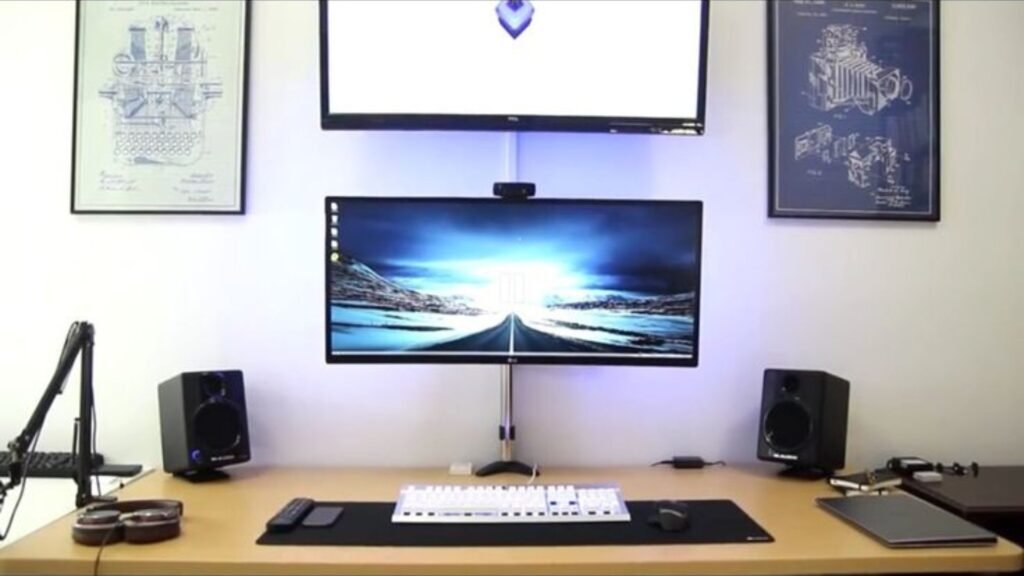
1. Assess Your Current System
Evaluate Your Needs
- What to Do: Identify what you want to improve—speed, storage, graphics, or overall performance.
- Why It Helps: Understanding your needs helps you determine which components require upgrading and how to prioritize your upgrades.
Check System Specifications
- What to Do: Review your computer’s current specs, including CPU, RAM, storage, and GPU.
- Why It Helps: Knowing your current specs helps you choose compatible and effective upgrade options.
2. Upgrade Your RAM
Determine Compatibility
- What to Do: Check your motherboard’s specifications to see the maximum RAM it supports and the type of RAM it requires.
- Why It Helps: Ensuring compatibility avoids purchasing incompatible RAM and helps you make the most of your upgrade.
Install New RAM Modules
- What to Do: Purchase and install new RAM modules in the available slots on your motherboard.
- Why It Helps: Upgrading RAM increases your computer’s ability to handle more applications simultaneously, improving overall performance.
3. Upgrade Your Storage
Choose Between SSD and HDD
- What to Do: Decide whether to upgrade to a Solid State Drive (SSD) for faster performance or a larger Hard Disk Drive (HDD) for more storage.
- Why It Helps: SSDs offer faster boot times and application loading, while HDDs provide more storage space for files and programs.
Install and Migrate Data
- What to Do: Install the new drive and use cloning software to transfer your existing data, or perform a fresh install of your operating system.
- Why It Helps: Upgrading your storage improves system responsiveness and frees up space for new applications and files.
4. Upgrade Your Graphics Card
Select the Right GPU
- What to Do: Choose a graphics card that meets your needs, whether for gaming, video editing, or general use, and ensure it’s compatible with your motherboard and power supply.
- Why It Helps: A new GPU enhances visual performance and handles more demanding graphics tasks.
Install the New GPU
- What to Do: Install the new graphics card into the appropriate slot on your motherboard and connect it to your power supply if necessary.
- Why It Helps: Upgrading the GPU improves gaming performance, video rendering, and overall graphical capabilities.
5. Upgrade Your CPU
Check Compatibility
- What to Do: Verify that your new CPU is compatible with your motherboard and that you have the necessary cooling solutions.
- Why It Helps: Ensuring compatibility prevents installation issues and optimizes performance.
Install the New CPU
- What to Do: Replace the old CPU with the new one, apply thermal paste, and install a compatible cooling system.
- Why It Helps: Upgrading the CPU improves processing power and overall system speed.
6. Upgrade Your Power Supply
Determine Power Requirements
- What to Do: Calculate the total power requirements of your upgraded components and choose a power supply unit (PSU) that meets these needs.
- Why It Helps: A sufficient PSU ensures stable operation and prevents power-related issues.
Install the New PSU
- What to Do: Replace the old PSU with the new one, connecting all necessary cables to your components.
- Why It Helps: An upgraded PSU provides reliable power to your system, supporting new and more demanding components.
7. Perform a System Clean-Up
Clean Your Computer
- What to Do: Dust out your computer case, clean the fans, and ensure all components are securely connected.
- Why It Helps: Regular cleaning prevents overheating and maintains optimal performance.
Update Drivers and BIOS
- What to Do: Install the latest drivers for your new components and update your motherboard’s BIOS if needed.
- Why It Helps: Keeping drivers and BIOS up to date ensures compatibility and enhances performance.
Conclusion
How to upgrade your computer system involves assessing your needs, selecting compatible components, and performing the installation carefully. By upgrading RAM, storage, graphics, CPU, and other components, you can significantly enhance your computer’s performance and extend its lifespan. Follow these steps to ensure a successful upgrade and enjoy a faster, more capable system.







